Experimental aircraft Su-47 "Berkut"
Privacy mode
The first prototype of the C-37 took off the 25 of September 1997 of the year. However, the existence of a secret project became known earlier. Back in 1994-95, the foreign aviation press wrote about the development of a promising Russian fighter. Western journalists cited the alleged name of the development - C-32. In addition, in some publications, suggestions were made about the interesting technical features of the project. According to the cited information, the new C-32 should have a reverse sweep wing.
As it turned out, foreign aviation journalists were partially right. Confirmations of their assumptions appeared in early 1996. Then the publication "Herald of the air fleet"Published a photograph from a meeting of the Air Force Military Council. In addition to representatives of the aviation industry and the air force, it was attended by two small aircraft models. In one of them, the well-known Su-27M fighter was quickly identified, and the second caused a lot of questions. The black model with white “32” on board had a front horizontal tail and, most importantly, a characteristic wing of the reverse sweep. A few months after this publication, diagrams and drawings made on the basis of the existing photograph appeared in the foreign press.
It should be noted the official reaction of the company "Sukhoi". Representatives of the design bureau answered the same about all questions about the fighter project with CBS: no work in this direction is underway. As it turned out later, such answers, more like excuses, were due to the secrecy regime. As for the classified works themselves, they started in the early eighties.
On the way to "Berkut"
In the late seventies and early eighties, the leadership of the Air Force, together with the State Committee on Aviation Engineering at the USSR Council of Ministers (GKAT), reflected on the state of the aircraft fleet in the following decades. In 1981, the I-90 program was launched, the purpose of which was to determine the appearance and development of the “Fighter of the nineties”. The head office in the I-90 project was the design bureau for them. Mikoyan. Sukhoi Design Bureau was able to convince the industry leadership that the existing Su-27 aircraft has great modernization prospects and therefore the organization may be engaged in other projects.
New General Designer KB them. Sukhoi M.P. Simonov, appointed at the beginning of the eighties, suggested, nevertheless, to launch a new fighter project, but to lead it on his own initiative. The last nuance of the project was probably due to the desire of designers to engage in a promising, but ambiguous topic, which could not give any practically applicable results. In an airplane with the symbol C-22, it was proposed to use a forward swept wing. In comparison with traditional designs, it had several significant advantages:
- greater aerodynamic quality when maneuvering. This is particularly pronounced at low speeds;
- a large lifting force in comparison with the wing straight sweep of the same area;
- the best working conditions of mechanization, which leads to improved landing characteristics and controllability;
- Slower stall speed compared with straight sweep wing and better counter-stub characteristics;
- the displacement of the power elements of the wing closer to the tail of the fuselage, which allows you to free up volumes for cargo compartments near the center of gravity of the aircraft.
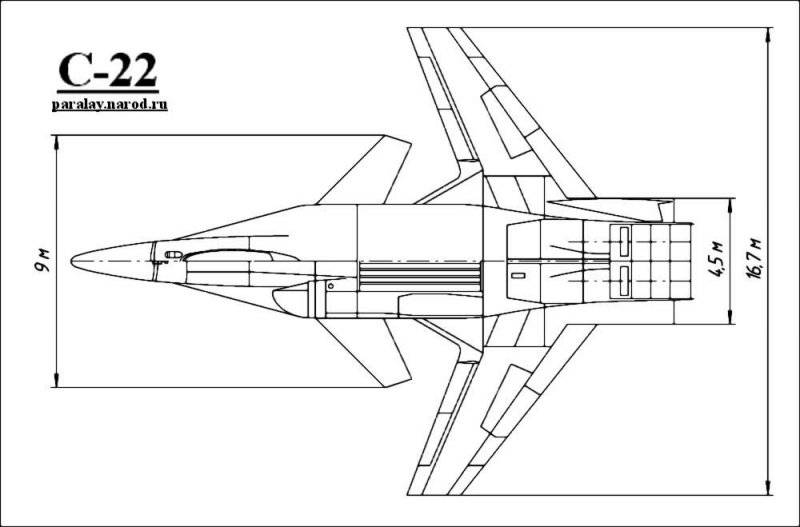
These and other advantages of KOS made it possible to create a new fighter, the characteristics of which would be significantly higher than those of the traditional aircraft. But, as always, the advantages were accompanied by serious drawbacks and problems that were to be resolved in the near future. The backward swept wing posed the following questions to the designers:
- elastic wing divergence. KOS at certain speeds begins to curl, which can lead to its destruction. The solution was to increase the stiffness of the wing;
- weight of the structure. A sufficiently rigid wing made of materials available at that time was too heavy;
- frontal resistance. With a further increase in speed, the rather rigid wing of negative sweep faces new problems. The specific nature of the flow around the wing leads to a noticeable increase in drag in comparison with the characteristics of the wing with straight sweep;
- offset aerodynamic focus. At high speeds, the aircraft with the CRP is forced to more actively carry out longitudinal balancing.
Only the solution of all these problems directly connected with the reverse sweep of the wing could have a positive effect in the form of the advantages described above. Designers under the leadership of M.P. Simonova engaged in finding solutions.
Already in the early stages of the C-22 project, the main technological solutions were determined, which were later applied to the C-37. A wing of sufficient rigidity was proposed to be made with the widespread use of carbon-reinforced plastics. The number of metal parts reduced to a minimum. In addition, the wing was equipped with advanced mechanization with deflectable toes, designed to optimize the flow at high angles of attack. The shape of the C-22 aircraft was determined by the mid-eighties. It was a single-engine fighter with an aerodynamic "duck" scheme. Perhaps by the end of the decade, the C-22 could have made its first flight, but there was no suitable engine in the Soviet Union. All available aircraft engines did not give the required thrust-to-weight ratio.
Studies have been conducted for a possible change in the project for a new engine from among the existing ones. These works ended without much success: the plane still remained too heavy for the available engines. In this regard, based on the C-22 began to design a new aircraft C-32. The aerodynamic features of the C-32 almost completely corresponded to the previous project, but a new power plant was used. Two TRDDF RD-79М with 18500 kgf could provide sufficient weight for the heavy weight machine. Moreover, the calculations showed that these engines were able to provide the C-32 with a long flight at supersonic speeds without the use of an afterburner.
In the 1988 year, due to the deteriorating economic situation in the country, the C-32 project was almost closed, but the command of the Navy stood up for it. The admirals familiarized themselves with the design characteristics of the prospective aircraft and demanded the creation of a carrier-based fighter at its base. Within a few months KB them. Sukhoi created the project Su-27KM. In fact, it was a significantly modified C-32 glider equipped with Su-33 equipment and armament. According to the project, the car had a maximum take-off weight at the level of 40 tons, which, using RD-79M engines, did not allow aircraft-carrying cruisers to take off from a springboard like the Su-33 did. To solve this problem was proposed so-called. ballistic takeoff. The essence of this technique was that the lack of speed at separation from the springboard was compensated for by the height and characteristics of the backward swept wing. Thanks to KOS, losing several meters in height, the plane could pick up the required speed and go into horizontal flight. Aircraft with a straight swept wing could not use a ballistic take-off, since insufficient lift and horizontal speed would surely lead to a fall into the water.
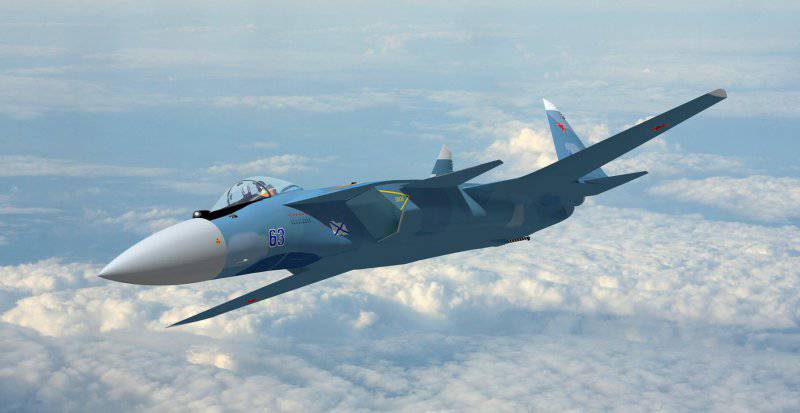
Project C-37
The deteriorating economic situation in the country did not allow the Navy to get a promising carrier-based fighter. In plans for them. Sukhoi included the construction of several prototypes of the Su-27KM, but the termination of funding did not allow it. In the early nineties, aircraft manufacturers decided to continue research on the theme of the forward-swept wing, using existing developments. The next project was designed to combine all the achievements and technical solutions, adjusted for financial problems and the state of the aviation industry. The project was named C-37.
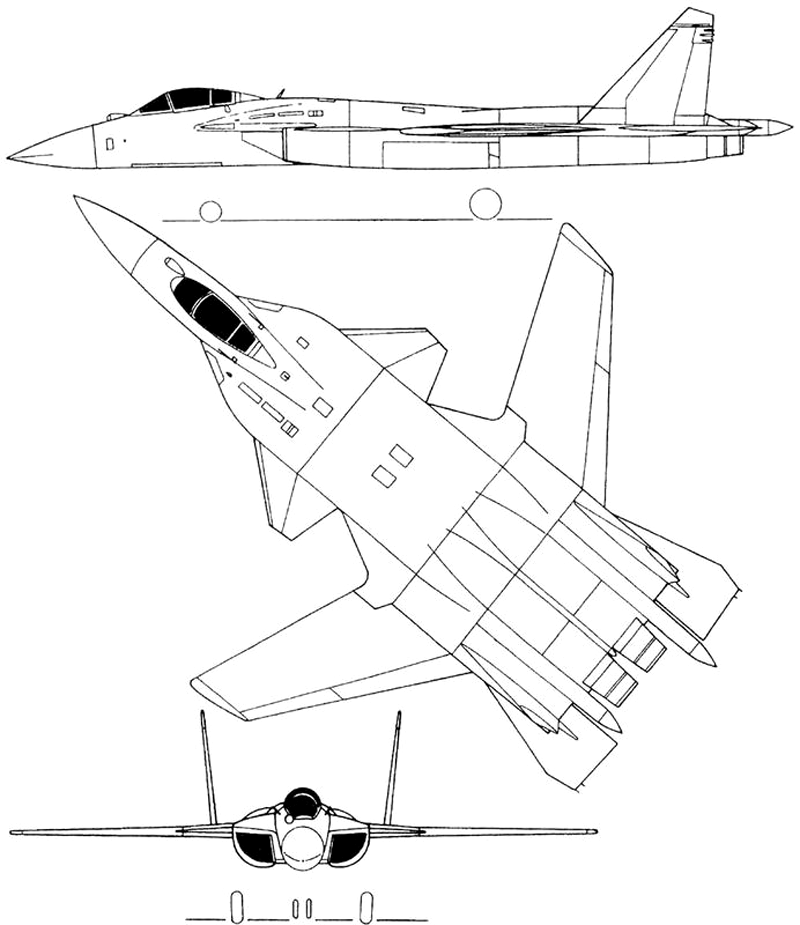
First of all, it should be noted that the reduction in funding and the return of initiative status to the project affected the number of planned prototypes. It was decided to build only one prototype. According to some sources, the built glider was first sent to static tests, where, using the most modern techniques, its actual strength was evaluated. In this case, no destructive loads were attached, and all impacts corresponded to the calculated operational ones. This has significantly reduced the cost of the project through the construction of additional gliders. After static tests, the first glider was upgraded to the state of a full-fledged aircraft.
Ready experimental aircraft C-37 "Berkut" is interesting both for specialists and for the general public. The attention of the first is attracted by the applied technologies, the second - by the unusual appearance and the declared possibilities. From the aerodynamic point of view, the C-37 is an integral longitudinal triplane with a high-flying backward-swept wing. The front and tail horizontal tail are made all-turning and have a relatively small area. According to some data, the aerodynamic characteristics of the C-37 allow it to reach the angles of attack up to 120 ° and perform the so-called. dynamic braking (“Pugachev's cobra”), however, on testing and in the course of demonstration performances, this opportunity was almost not used due to limitations on flight modes.
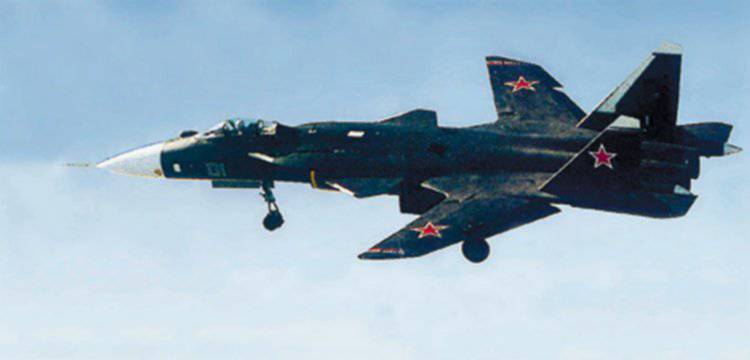
One of the main achievements of KB them. The creation of a technology for the production of long composite parts can be considered a dry, Irkutsk Aviation Plant and related enterprises. During the production of large flat parts are formed, which can then be given a complex configuration. Finished parts fit together with the highest precision. The outer surface of the airframe of the C-37 aircraft consists of a large number of similar composite panels, the largest of which have a length of about 8 meters. This minimizes the number of joints and various protruding parts, including fasteners. Ultimately, the use of large composite panels has a beneficial effect on both the rigidity of the wing structure and the aerodynamics of the entire aircraft.
The mass of the empty C-37 plane was 19500 kg, with about 13% being parts of composite materials. Due to the experimental nature of the project, in the design of the aircraft, not only elements specially created using new technologies were used, but also elements already mastered in production and borrowed from other aircraft. For example, the chassis, flashlight and some onboard systems were almost unchanged from the Su-27 aircraft.
The forward swept wing of the C-37 has a cantilever with a sweep along the leading edge -20 ° and -37 ° along the rear. In the root part, the leading edge forms an influx of straight sweep. Pairing the influx and the console with forward and reverse sweeps improved the flow in this part of the airframe. The front edge of the wing is equipped with a deflectable toe, and the rear edge is equipped with a single-section flap and aileron. Mechanization almost completely occupies the edge of the wing. Due to stiffness requirements, the 90% wing structure consists of composite parts. The remaining elements are made of metal and are used in the power kit.
Close to the central part of the fuselage, on the sides of the air intakes, the Su-37 aircraft has a full-circle, horizontal, forward tail of a trapezoidal shape. The tail horizontal plumage is also made of full turn and has a characteristic elongated shape with a large sweep of the leading edge. The vertical tail is similar to the keels of the Su-27 fighter, but has a smaller area. Due to some nuances of the design, it was possible to significantly increase the efficiency of its work, which made it possible to reduce the area.
The C-37 fuselage has smooth lines, and its section is mostly close to the oval. The design of the nose is close to the design of the corresponding airframe units of the Su-27. On the sides of the back of the cockpit are unregulated air intakes. Their shape is formed by a sector of a circle truncated by the side surfaces of the fuselage and the root inrush of the center section from above. On the upper surface of the middle part of the fuselage, next to the root of the wing, there are additional air intakes used during takeoff and landing, or during intensive maneuvering. As can be seen from the shape of the fuselage, the air intakes on the way to the engines are bent, which, among other things, covers the blades of the compressors and thereby reduces the visibility of the aircraft in the frontal projection. On the sides of the engine nozzles on the C-37, there are relatively small fairings, inside which the necessary electronic equipment of appropriate sizes can be placed.
Due to the lack of other suitable engines ready for production, the D-37F30 TRDDF were selected for installation on the C-11 aircraft. These engines are a further development of the D-30F6 used on MiG-31 interceptors. It was assumed that in the future C-37 will be able to get new, more sophisticated engines with more thrust, lower fuel consumption and thrust vector control system. 15600 turbojet engines with afterburner were given an aircraft with a normal take-off weight of about 25,6 tons of fairly high performance. The stated maximum flight speed is 2200 km / h at high altitude and 1400 km / h on the ground. The practical ceiling was determined at the level of 18000 meters, the practical range - 3300 kilometers.
The composition of the onboard equipment of the C-37 aircraft is still not very much known. According to reports, the aircraft is equipped with an electric remote control system, created on the basis of the EDSU of the Su-27. There is also an inertial navigation system with the ability to use the signal of navigation satellites, as well as modern communication systems. To facilitate the work of the pilot, the C-37DM ejection seat, which differs from the serial products of this model, was installed on the C-36 aircraft. The back of the chair on the "Berkut" is located at an angle 30 ° to the horizontal. This helps the pilot to more easily carry overloads that occur during intensive maneuvering. According to some sources, C-37 used controls that were unusual for domestic combat aircraft: instead of the standard central control knob of the aircraft, a small knob was used, located on the right dashboard. The motor control knobs and pedals remained the same, similar to those used on the Su-27.
Being an experimental aircraft, the prototype C-37 did not carry any weapons. However, in the left wing, there was a place for an automatic cannon GSH-301 with ammunition (according to some sources, the test aircraft still got a gun), and in the middle part of the fuselage there was a cargo compartment for armament. As far as is known, during the first tests, the C-37 did not carry any weapons, since the purpose of the flights was to test the flight qualities of the vehicle.
Tests and fame
The first flight of the C-37 (the first prototype, taking into account the possible construction of several cars was called C-37-1) took place on 25 September 1997 of the year. Under the control of test pilot I. Votintsev, the new aircraft spent about half an hour in the air and did not cause any serious complaints. The first series of test flights lasted until the spring of 1998, after which a break was made. For some time, the designers of the firm "Sukhoi" analyzed the collected information, made the necessary adjustments to the project, modified the car and drafted the program for the next test phase.
For the first time, the C-37 Berkut was shown to the general public only in 1999 at the MAKS international aerospace show. The demonstration could have taken place earlier, at the MAKS-1997 exhibition. In the summer of 97, the experimental machine was already in Zhukovsky and was preparing for tests. There were proposals to show an experimental aircraft in a static parking lot, but the Air Force Command did not approve them. It is worth noting that after two years, the “Berkut” also did not get into static parking. The level of secrecy of the project was such that the only aircraft taxed on the runway of the airfield just before its demonstration flight. After landing, he was towed to one of the hangars, away from the spectator's eyes.
Despite the almost two-year delay in demonstrating the plane to the public, the first information about it appeared in the media a few days after the first flight. The official confirmation of the existence of a new Russian aircraft with KOS produced the expected result - worldwide debates about the features and prospects of the C-37 erupted. An interesting feature of the media coverage of the project was the fact that the “Berkut” was almost immediately declared a promising fifth-generation fighter, which in the very near future will go into series and begin to enter the troops. Statements by the firm "Sukhoi" about the experimental nature of the project hardly made their way through other information noise.
Against the background of a mass of discussions and heated debates, the employees of the Sukhoi company, LII and related enterprises conducted tests of the new aircraft, collecting a lot of important data. The C-37-1 prototype helped to establish the correctness of some technical solutions and showed the fallacy of others. At the beginning of the two thousand years, the talks about the creation of a combat aircraft based on the C-37 were resumed. It was proposed to equip it with a modern complex of onboard radio-electronic equipment, including a forward-looking radar station with a phased antenna array and additional radar to monitor the rear hemisphere. It was proposed to include guided and unguided rockets and bombs, which he could carry on the internal and external suspension, as part of the armament of the promising fighter.
Naturally, all attempts to create a combat aircraft based on the experimental "Berkut" did not lead to any result. Sukhoi continued to use a single prototype for purely research purposes, occasionally showing it at trade shows. So, for example, at the MAKS-2001 cabin, the C-37-1 aircraft was first shown under the new name - Su-47. The reasons for this change were dictated, first of all, by drawing attention to the project. The letter “C” in the practice of the firm “Sukhoi” was always assigned to prototype machines, and the finished aircraft received the index “Su”. The name change did not affect the test program.
Tests of the C-37-1 or Su-47 aircraft continued for several years. The aircraft was tested at different speeds and flight modes. According to some reports, the active testing of the Berkut’s capabilities has led to some problems with various design aggregates. For this reason, at the end of the first stages of the test, restrictions were imposed on the maximum flight speed, angle of attack, etc.
The C-37 / Su-47 “Berkut” project allowed Russian aircraft manufacturers to test several important ideas and collect a wealth of information about airplanes with a backward-swept wing. The obtained information about the nature of the flow and the behavior of the aircraft with the WWTP on different flight modes allowed the domestic aviation science to close several white spots in the theories. By the middle of the last decade, the only prototype of the “Berkut” carried out all the planned flight programs and got into the parking lot.
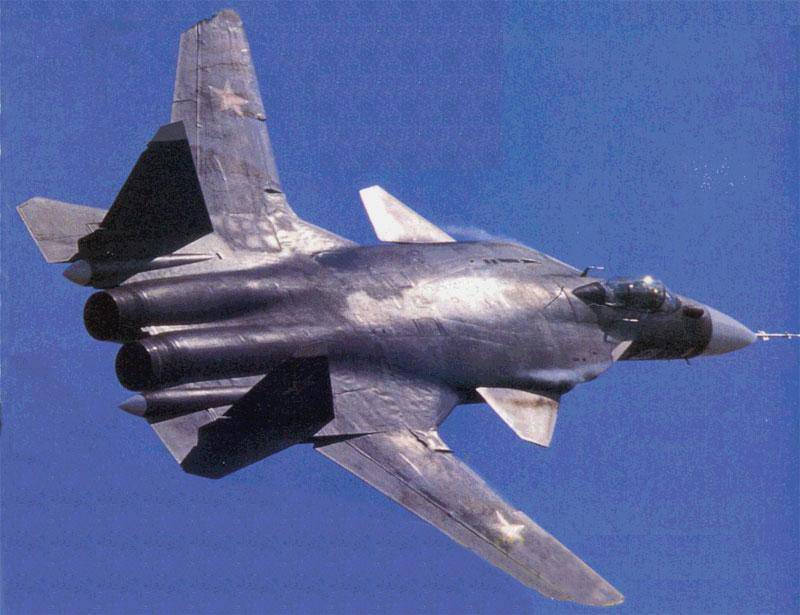
It should be noted that after the end of the main test program, the Su-47 had a chance to participate in another research work. Since it was the only domestic aircraft that had the dimensions of a fighter, but was equipped with an internal freight gate, it was chosen as a platform for testing some elements of the future T-50 fighter (PAK FA program). In the 2006-2007, the Berkut received a new cargo compartment, designed by the T-50 project. The purpose of this refinement was to check the valves and internal equipment of the compartment for performance in real flight conditions. Su-47 with such a cargo hold made about 70 flights with open doors. Interestingly, the flaps of the first test compartment were opened and fixed still on the ground. In 2008-2009, the Su-47 received an updated volume for payload with sash opening mechanisms. In 2009, 25 flights were performed with flaps opening.
As far as we know, Su-47 was used as a stand not only for the shutters of the cargo compartment. During the new tests under the PAK FA program, he carried weight imitators of promising guided missiles. The information obtained during the new test flights of the Su-47 aircraft was actively used in the final stages of creating cargo compartments of the promising T-50 fighter.
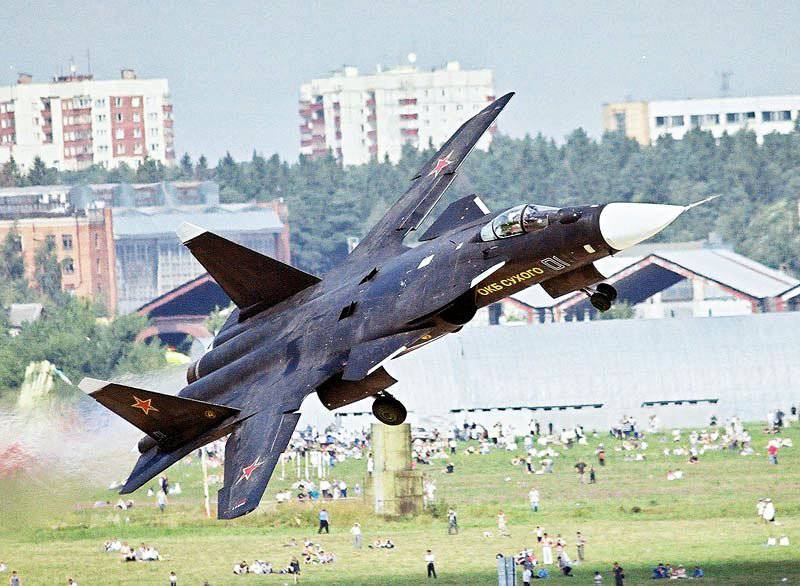
Unequivocal result
The first prototype of the C-37-1 aircraft began to be built two decades ago, took off in the 1997 year and was actively tested until the first half of the two thousandth. The project of the aircraft with the wing sweep closed a few years ago. The experimental aircraft showed everything that it was capable of and allowed it to collect the maximum necessary information. Moreover, the Su-47, which was only mistakenly considered a fifth-generation fighter, became a flying laboratory for developing new technologies related to the armament of promising aircraft.
The participation of the aircraft in important experiments and trials partly adversely affected the possible shows of the general public. Su-47 regularly participated in air shows in Zhukovsky until the middle of the last decade, but never got to static parking. All demonstrations consisted of demonstration flights. Experts and the interested public have not been able to look closely at an interesting, but almost no practical perspective plane.
Despite the long-term completion of the project, disputes about the pros and cons or prospects of both the Su-47 aircraft and the entire class of aviation technology with a backward-swept wing still remain. Over and over again, the pros and cons of the WWTP, projects of airplanes with it, etc. are discussed. There is still no consensus about the prospects of aircraft like the Su-47. As for the Berkut project itself, it should be considered successful. Although the Su-47 and did not become the basis for promising fighters, surpassing all the modern technology in its characteristics, he did everything that was intended for. C-37 / Su-47 was created as an experimental aircraft for testing new technologies. He coped brilliantly with this task, and the role of the newest combat aircraft with unique characteristics must be taken on by other designs.
Based on:
http://testpilot.ru/
http://airwar.ru/
http://alternathistory.org.ua/
http://popmech.ru/
http://paralay.com/
http://bastion-karpenko.narod.ru/
Ilyin V.E. Combat aircraft of Russia of the XXI century. - M .: Astrel / AST, 2000
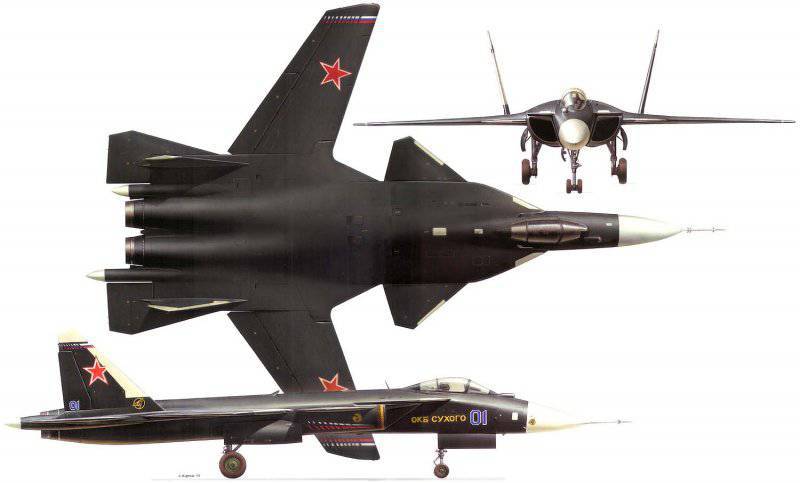
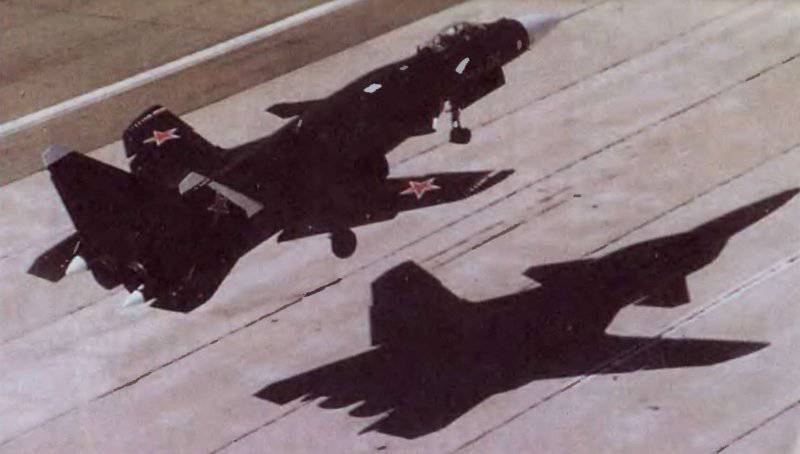
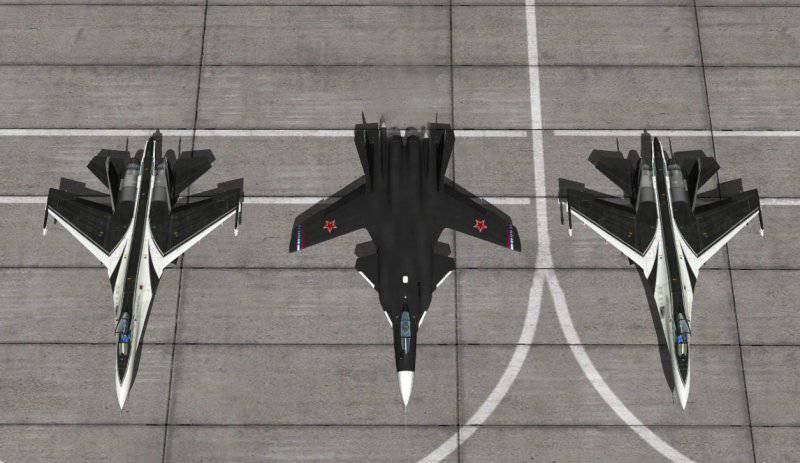
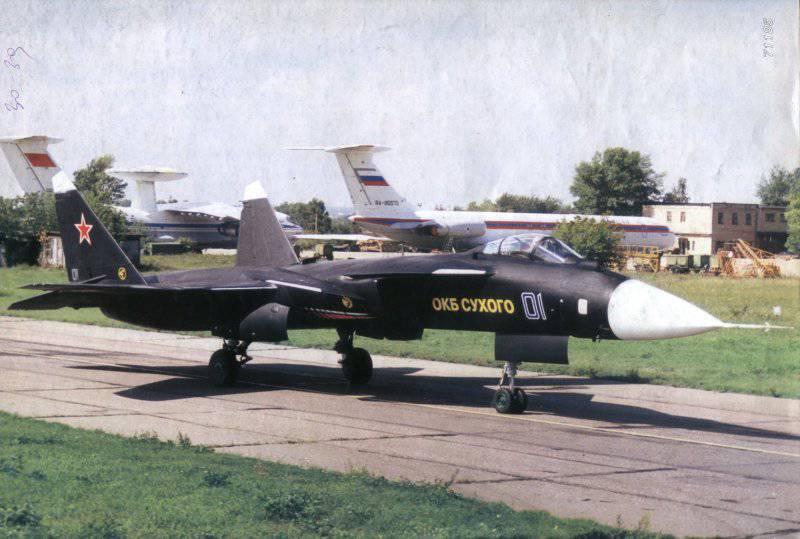
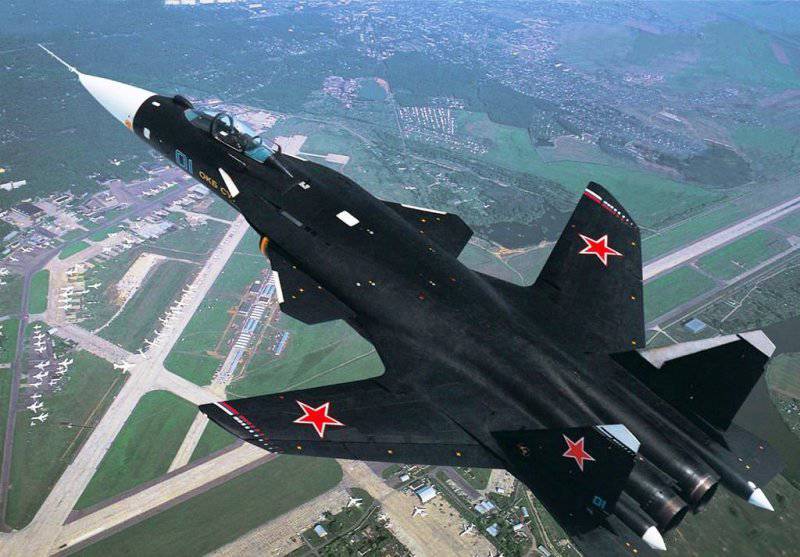
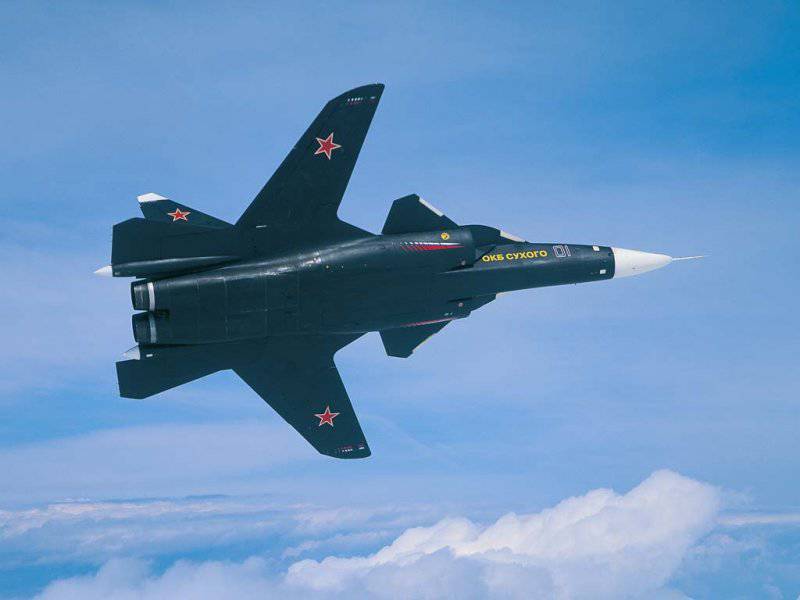
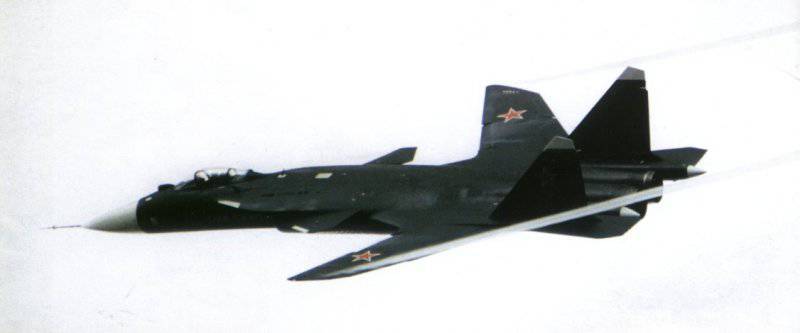
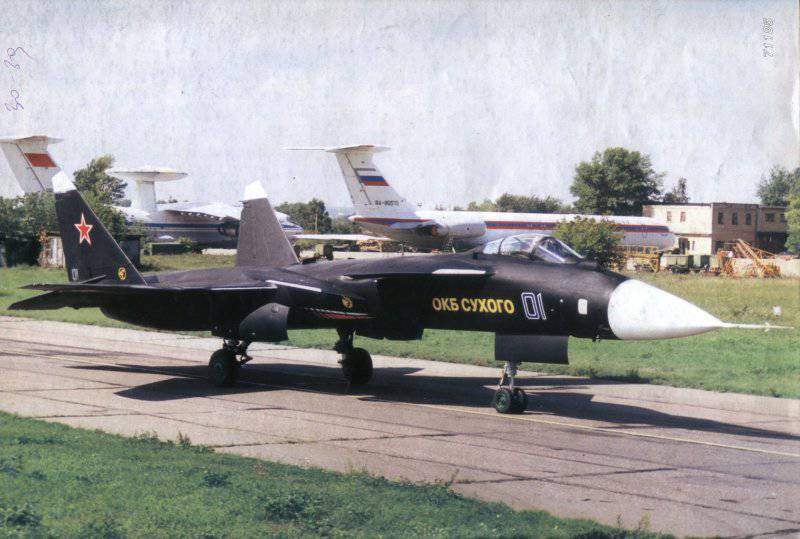
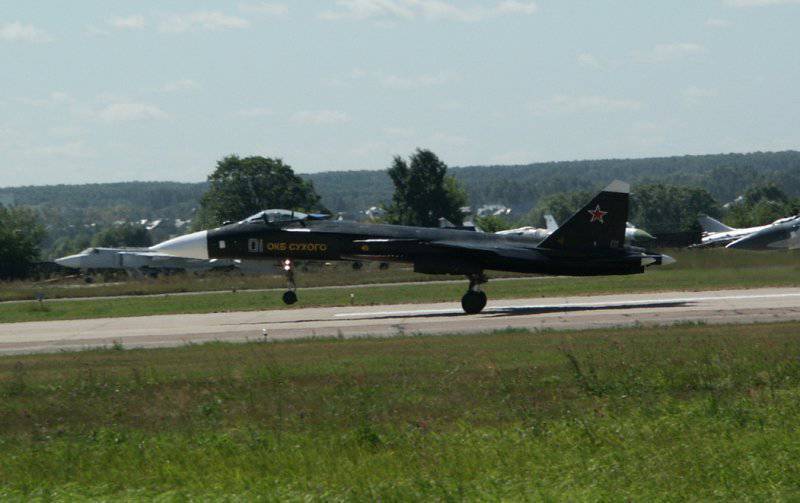
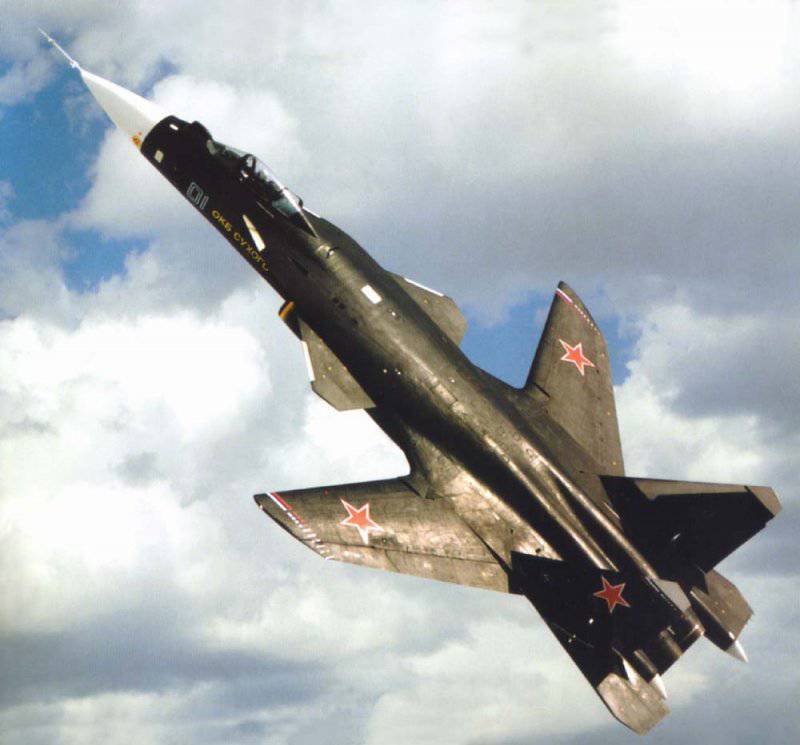
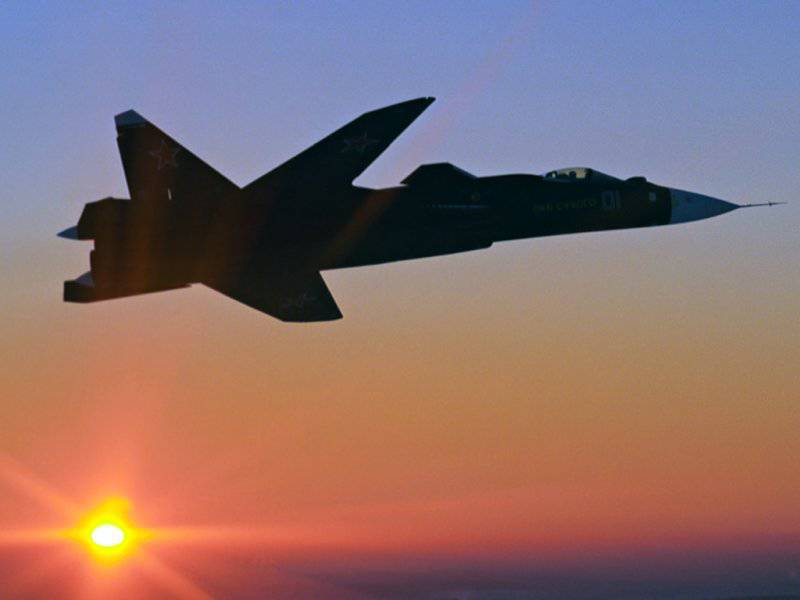
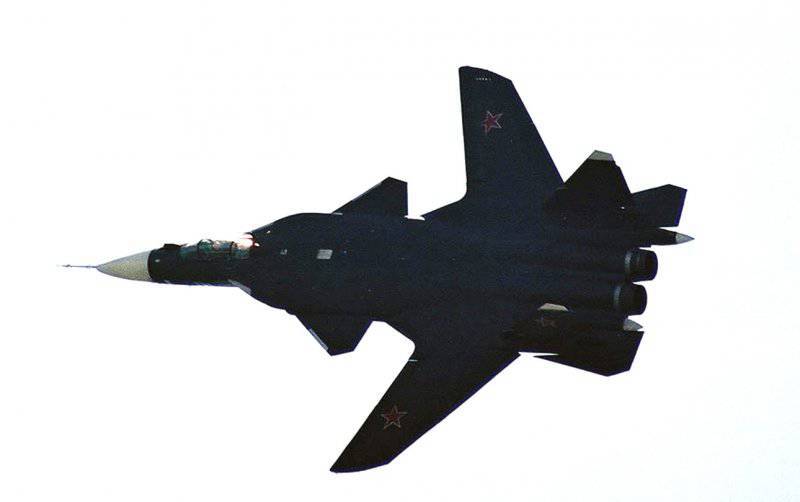
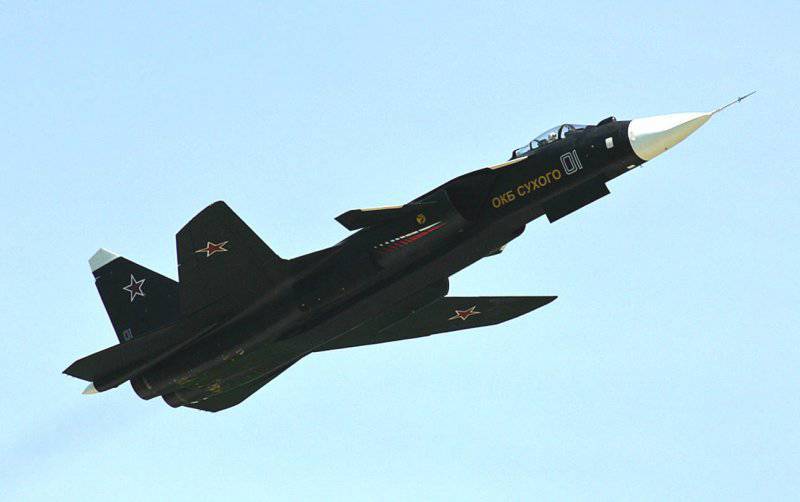
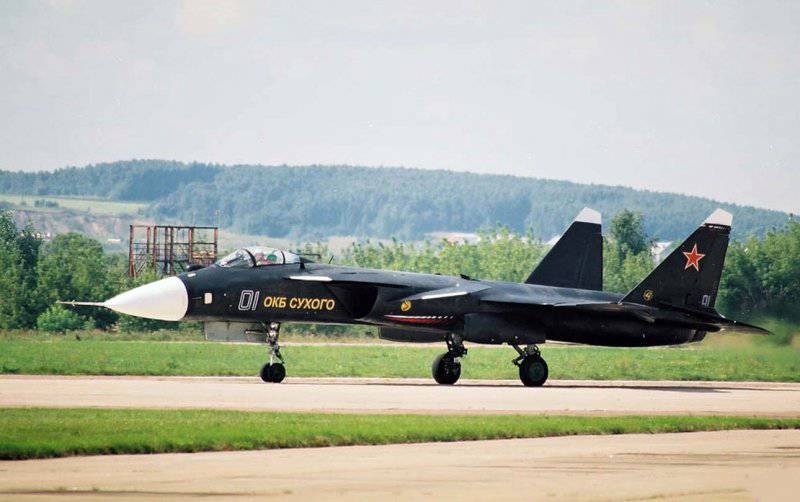
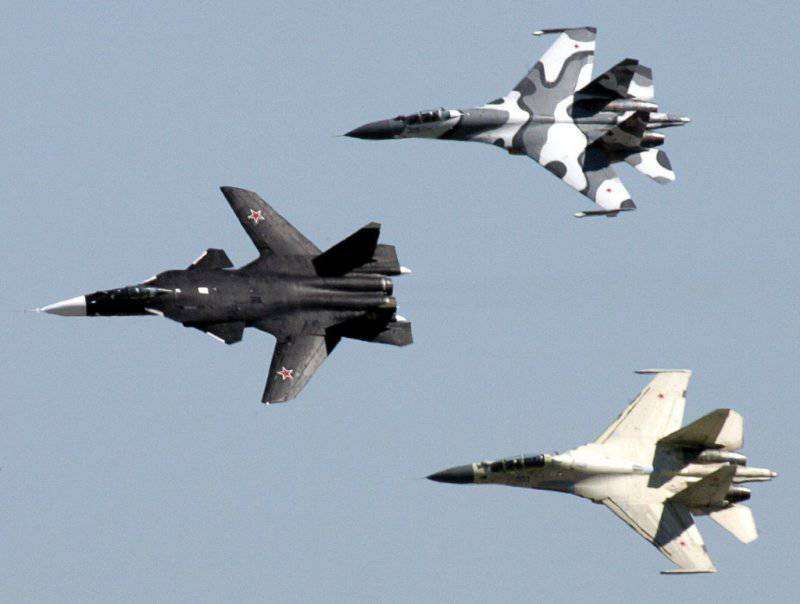
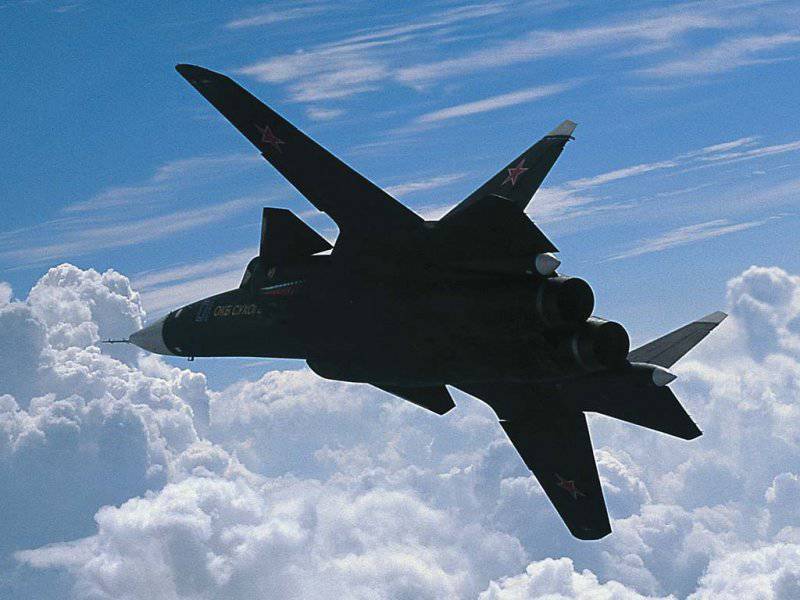
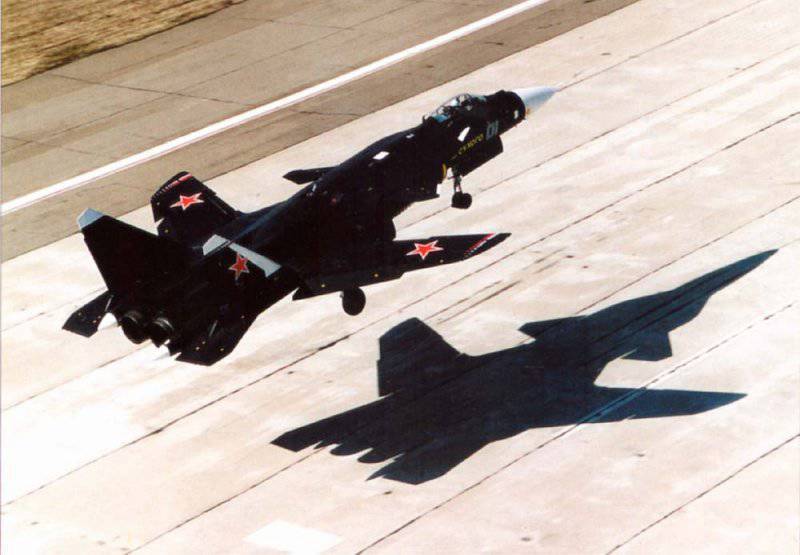
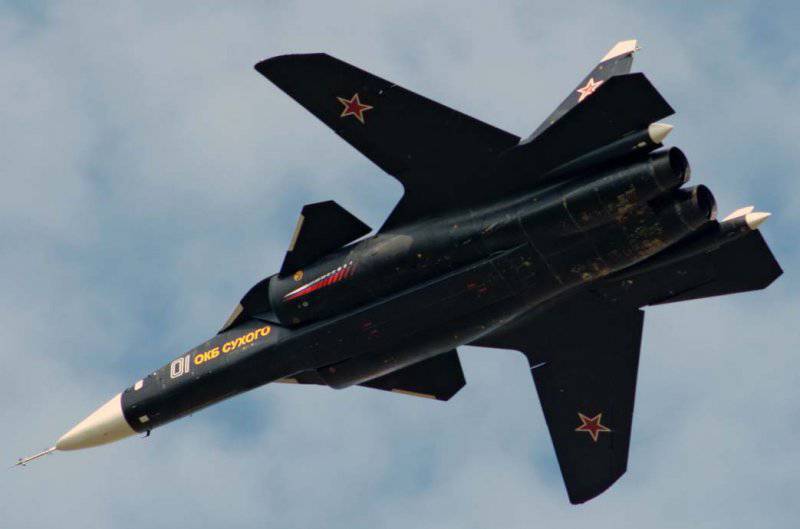

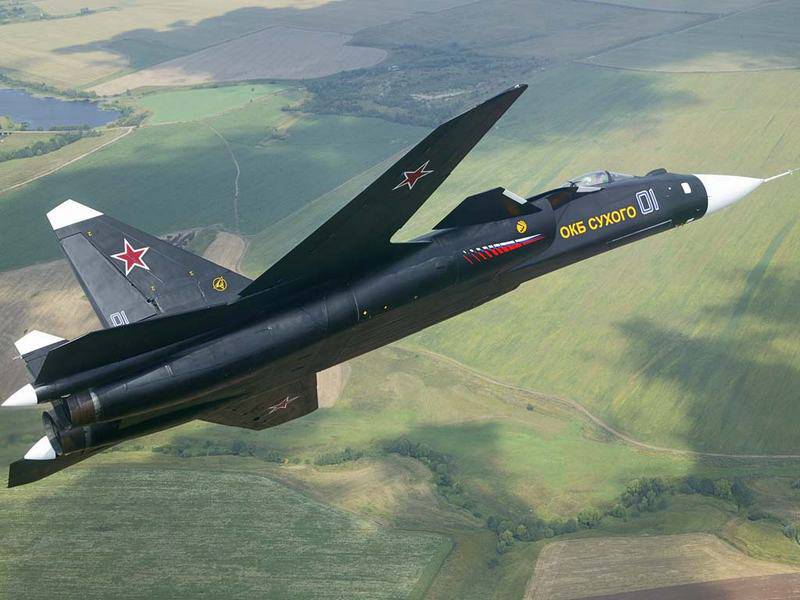
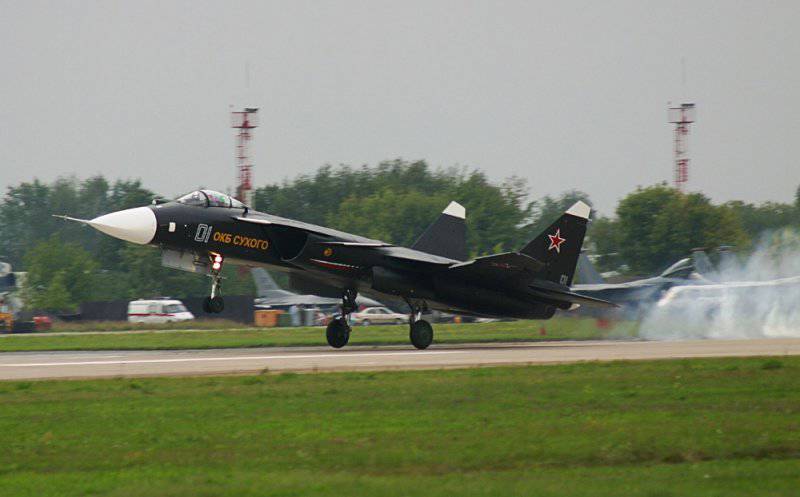
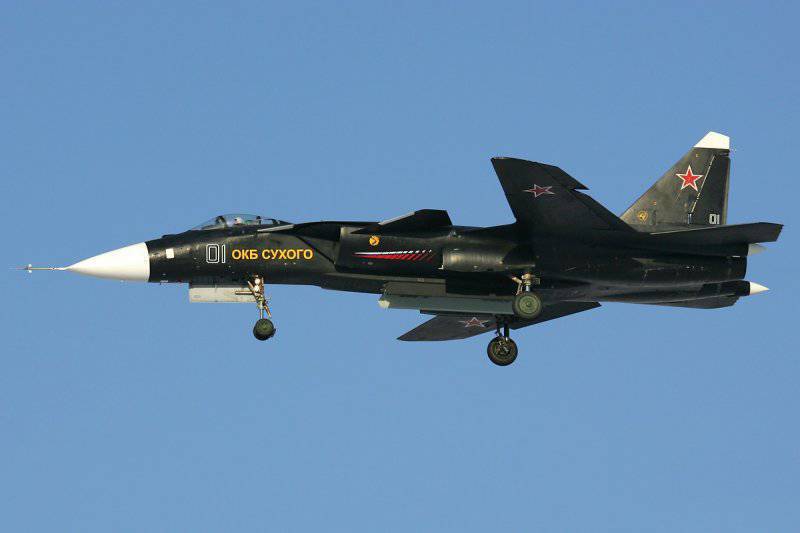
Information